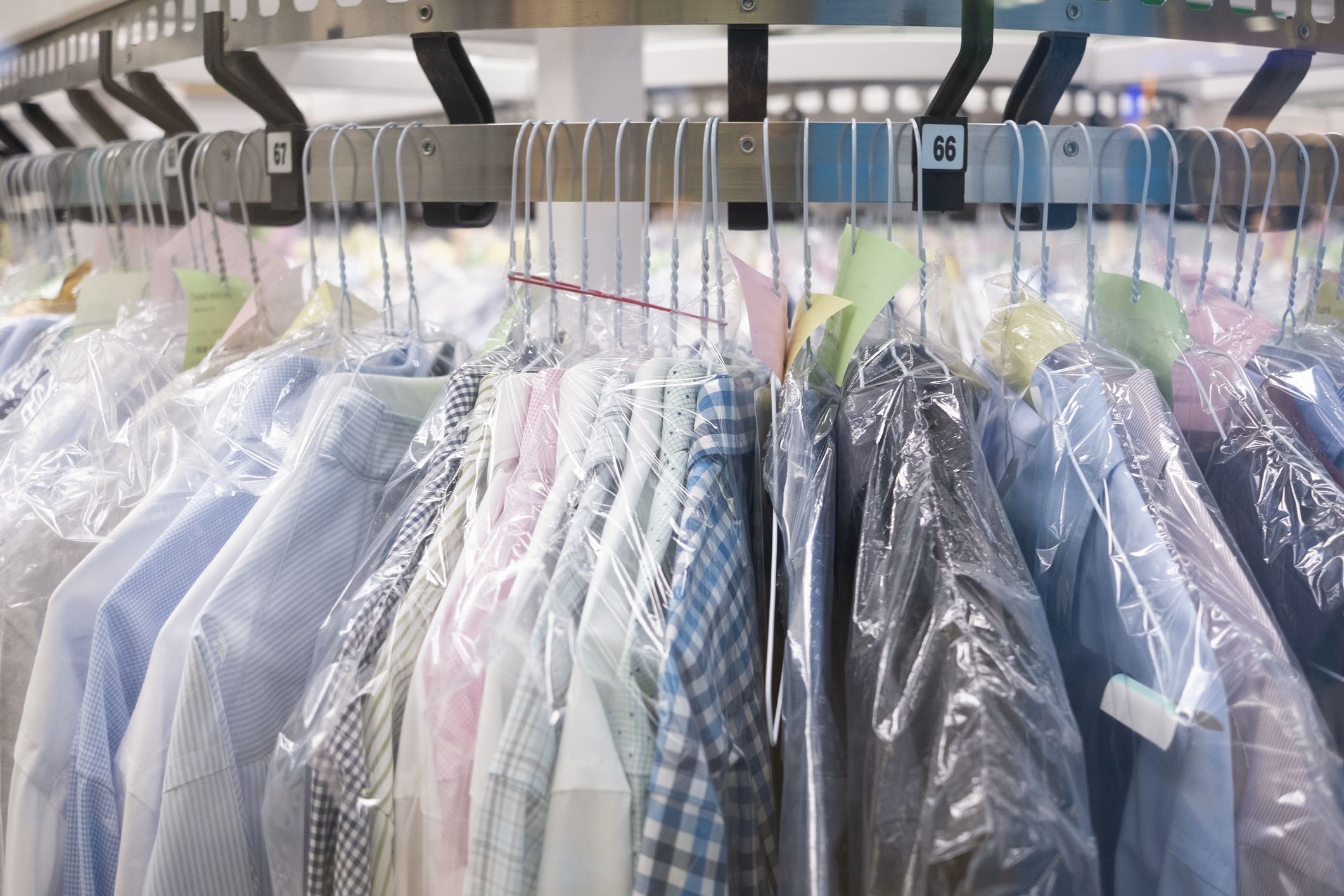We all want to spend as little time and money as possible doing laundry. But sometimes delicate clothes need a bit more than just a quick wash and tumble dry. There are many things you can do to prolong your favourite garments’ life, one of which is getting them cleaned at a dry-cleaning establishment.
What is Dry Cleaning?
Dry cleaning is a process in which garments are cleaned without water, hence its name. It’s a faster and more efficient way of removing tough stains and soil from clothing, making it ideal for delicate fabrics such as silk. The most common solvent used by professionals for cleaning is perchloroethylene, which is also called “perc”. Today, dry cleaners use modern cleaning methods and chemicals with much less impact on the environment.
Clothes That Should Be Dry Cleaned
There are a few things you need to consider before dropping your clothes off at the dry cleaner. The type of fabric, colour and size should be considered when deciding what you will send for cleaning. If there is any history with stains or other items in the garments, this should also be communicated to ensure they can effectively clean it without damaging any part of the garment.
Linen: Hand-washing with cold water can preserve the natural material; however, if you don’t wash linens properly, they will lose their quality after several washes. Sending linen to be dry-cleaned is the best way to deal with it.
Silk: If you want a 100% silk garment to last for years and still have the lustrous colour, it is best to send it in for professional dry cleaning, especially those with dark or bright dyes, lining, or prints. Hand-washing silk is sometimes feasible, but it isn’t always the best choice.
Leather: After a long period of storage, leather jackets and other clothing articles can become quite stiff. The chemicals used in dry cleaning will bring life back to these garments. The procedure will remove any stains without harming the leather; thus, it maintains its original structure.
Suede: Suede is a delicate fabric that needs special care. It cannot withstand being exposed to water. That’s why dry cleaning your suedes will be more efficient than trying to do so with wet cleaning. Though costly, it is the best method for removing stains.
Rayon: Though rayon is composed of cellulose fibres, it’s actually a semi-synthetic material. It has a high probability of shrinking and is susceptible to shape loss. When washed by hand or machine, dyes may bleed. Thus, it is usually preferable to have rayon dry cleaned rather than having it wet cleaned.

Clothes That Shouldn’t Be Dry Cleaned
Cotton: As one of the most frequently used textiles for apparel, cotton does not require dry cleaning and is machine washable. Colours may be preserved by using either cold or warm water. In addition to washing, you can also use a dryer because most cotton clothing has been pre-shrunk.
Polyester and Other Synthetics: There are a plethora of synthetic fabrics on the market. Clothing composed of polyester, nylon, acrylic, spandex, and acetate can all be machine washed. Blends containing these materials, such as cotton/polyester or wool/nylon, can generally be put into the washing machine or hand-washed without the risk of shrinkage.
Wool: Fortunately, wool clothing can generally be washed by hand, so you won’t have to take it to the dry cleaners. You should, however, refrain from putting it into the washing machine.
Cashmere: Cashmere is a beautiful material for those who like the idea of luxury without any fuss. It’s lightweight and soft, making it easy to care for.
It is sensitive to chemicals, and since dry cleaning uses chemicals that may harm natural fibres, such as cashmere wool, hand washing is preferable. It is best to use a mild detergent or cashmere shampoo and cold water when washing.
Final Thoughts
It’s good to know proper dry cleaning procedures and what type of garments can safely go through the process. In most situations, however, the care tag specifies what sort of washing the garment requires. If your item of clothing doesn’t have any care label, then call the Star Fashion team for more information about what kind of care they need. We’ll provide you with some general guidelines on caring for different fabrics so that when it comes time to take items into the store for cleaning, you know exactly what’s expected.





